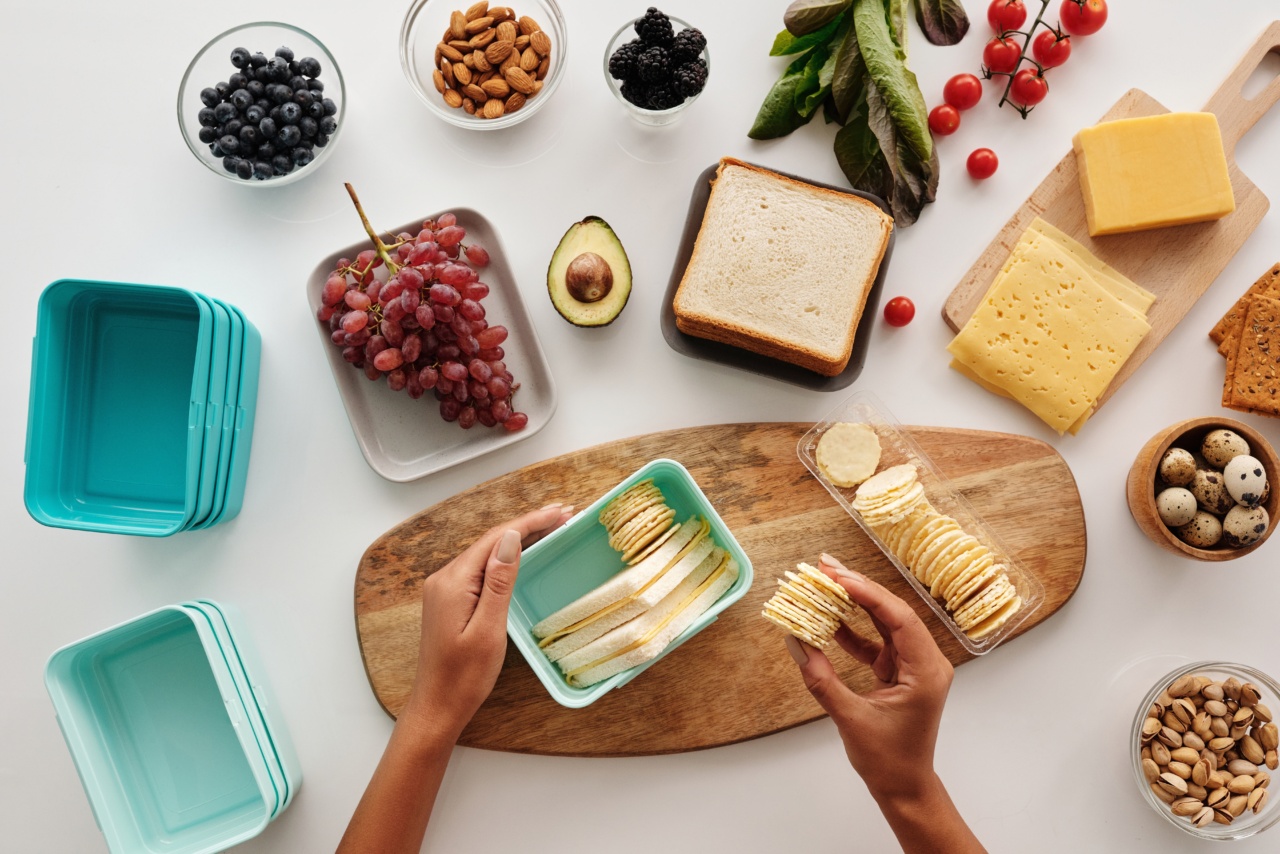Fibromyalgia is a chronic condition characterized by widespread musculoskeletal pain, fatigue, sleep disturbances, and mood issues.
While the exact cause of fibromyalgia is unknown, experts believe that a combination of genetic and environmental factors play a role in its development. Although there is no cure for fibromyalgia, managing symptoms through lifestyle changes, including diet modifications, can greatly improve the quality of life for individuals with this condition.
The Link Between Diet and Fibromyalgia
Research suggests that certain foods can trigger or worsen fibromyalgia symptoms in some individuals. These trigger foods may lead to inflammation, digestive issues, and increased pain.
While trigger foods can vary from person to person, it has been observed that certain dietary patterns are more likely to exacerbate fibromyalgia symptoms.
Common Trigger Foods to Avoid
1. Artificial sweeteners: Artificial sweeteners such as aspartame and sucralose have been associated with increased pain sensitivity in fibromyalgia patients. Avoid consuming foods or drinks that contain these sweeteners.
2. Refined sugars and carbohydrates: Processed sugars and refined carbohydrates like white bread, pasta, and pastries can cause inflammation and lead to energy crashes. Instead, opt for whole grains, fruits, and vegetables.
3. Caffeine: Caffeine found in coffee, tea, and energy drinks may disrupt sleep and contribute to increased fatigue and muscle pain. Limit your intake or switch to decaffeinated alternatives.
4. Alcohol: Alcohol can worsen fibromyalgia symptoms, disrupt sleep patterns, and contribute to mood swings. It is best to avoid or limit alcohol consumption.
5. Processed foods: Processed foods often contain high levels of additives, preservatives, and artificial ingredients that can trigger inflammation and worsen symptoms. Opt for whole, unprocessed foods whenever possible.
Fibromyalgia-Friendly Foods to Embrace
While avoiding trigger foods is essential, incorporating fibromyalgia-friendly foods into your diet can have a positive impact on symptom management. Consider the following:.
1. Fatty fish: Rich in omega-3 fatty acids, fatty fish like salmon, mackerel, and sardines have anti-inflammatory properties that can help alleviate pain and reduce inflammation.
2. Leafy greens: Vegetables like spinach, kale, and collard greens are packed with vitamins, minerals, and antioxidants that support overall health and reduce inflammation.
3. Colorful fruits: Berries, oranges, cherries, and other vibrant fruits contain antioxidants that can combat oxidative stress and promote pain relief.
4. Healthy fats: Avocados, nuts, and seeds provide healthy fats that can reduce inflammation and provide a source of energy.
5. Legumes: Beans, lentils, and chickpeas are excellent sources of plant-based protein, fiber, and vitamins. They can help stabilize blood sugar levels and provide long-lasting energy.
Other Dietary Considerations
1. Food diary: Keeping a food diary can help identify trigger foods and patterns of symptom exacerbation. Note down what you eat and how you feel afterward to uncover potential connections.
2. Individual sensitivities: While there are common trigger foods, each individual may have unique sensitivities. Pay attention to how your body reacts to different foods and adjust your diet accordingly.
3. Meal planning: Planning meals in advance helps ensure a balanced diet and avoids last-minute decisions that may lead to unhealthy choices.
4. Hydration: Staying properly hydrated is important for overall health and can help alleviate symptoms such as headaches and fatigue.
5. Seek professional guidance: Consulting with a registered dietitian who specializes in fibromyalgia can provide personalized recommendations tailored to your specific needs.
Conclusion
While diet modifications alone may not completely eliminate fibromyalgia symptoms, avoiding trigger foods and incorporating fibromyalgia-friendly foods into your diet can significantly reduce pain and improve overall well-being.
It’s important to remember that managing fibromyalgia requires a holistic approach that includes regular physical activity, stress management, and adequate sleep in addition to dietary changes. By making small but impactful changes to your diet, you can take control of your fibromyalgia symptoms and live a healthier, more fulfilling life.





























